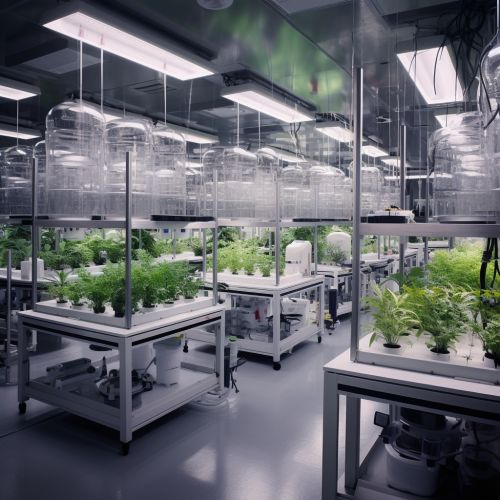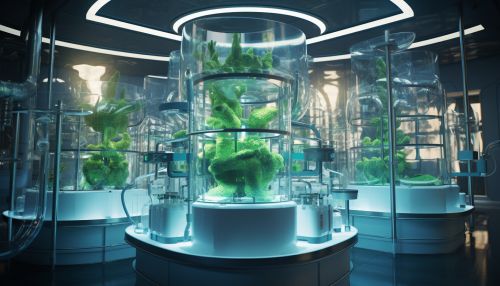Regenerative Medicine
Introduction
Regenerative medicine is a branch of translational research in tissue engineering and molecular biology which deals with the process of replacing, engineering or regenerating human cells, tissues or organs to restore or establish normal function.[1] This field holds the promise of engineering damaged tissues and organs by stimulating the body's own repair mechanisms to functionally heal previously irreparable tissues or organs.[2]


History
The term "Regenerative Medicine" was first used in a 1992 article on hospital administration by Leland Kaiser.[3] Kaiser’s paper closes with a series of short descriptions of several emerging fields of medicine, among these, a brief paragraph highlighting the work of Dr. Gail Naughton, then a researcher at the Histogen Corporation.
Cellular Therapy
Cellular therapies involve the transplantation of human cells to replace or repair damaged tissue and/or cells. Many medical researchers believe that stem cell treatments have the potential to change the face of human disease and alleviate suffering.[4] The ability of stem cells to self-renew and give rise to subsequent generations with variable degrees of differentiation capacities, offers significant potential for generation of tissues that can potentially replace diseased and damaged areas in the body, with minimal risk of rejection and side effects.[4]
Tissue Engineering
Tissue engineering, a major component of regenerative medicine, involves the use of a combination of cells, engineering materials, and suitable biochemical factors to improve or replace biological functions.[5] In this approach, viable cells are usually combined with a scaffold – a three-dimensional structure onto which the cells can grow – to form functional tissues or organs.[2]
Clinical Translation
Clinical translation is a major – and often overlooked – part of the regenerative medicine field. This process involves turning scientific discoveries made in the laboratory into practical treatments that can be used in human patients. This often involves extensive testing in animal models before the treatment can be deemed safe and effective for use in humans.[1]
Challenges and Future Directions
Despite the great promise of regenerative medicine, many challenges remain to be overcome before these therapies can be used in patients. These challenges include issues related to biocompatibility, immunogenicity, and the technical challenges of scaling up production of cells and tissues for use in humans.[2]
See Also
References
- ↑ 1.0 1.1 Mason C, Dunnill P. A brief definition of regenerative medicine. Regen Med. 2008;3(1):1-5.
- ↑ 2.0 2.1 2.2 Atala A, Kasper FK, Mikos AG. Engineering complex tissues. Sci Transl Med. 2012;4(160):160rv12.
- ↑ Kaiser L. The future of multihospital systems. Hosp Health Serv Adm. 1992;37(1):77-87.
- ↑ 4.0 4.1 Trounson A, McDonald C. Stem cell therapies in clinical trials: progress and challenges. Cell Stem Cell. 2015;17(1):11-22.
- ↑ Lanza R, Langer R, Vacanti J. Principles of tissue engineering. Academic Press; 2011.
